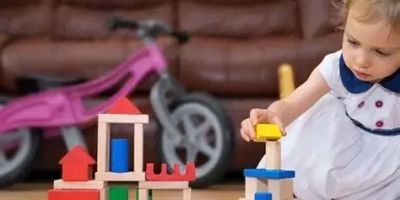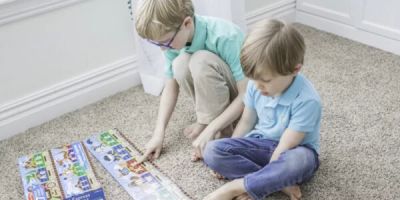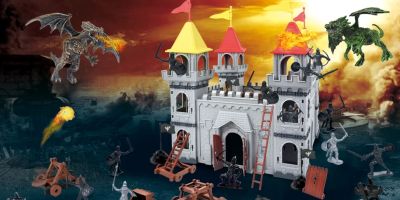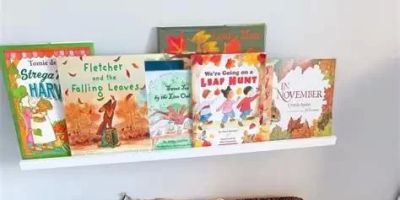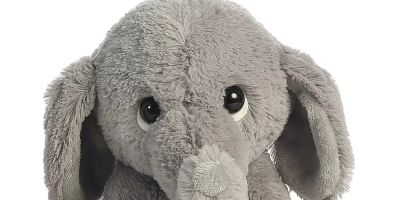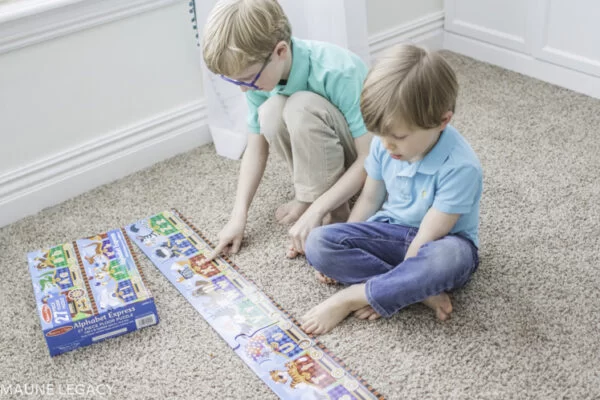
- why-toys-are-crucial-for-child-development-milestones
- how-toys-support-different-areas-of-development
- real-life-examples-of-toy-driven-milestone-achievement
- choosing-the-right-toys-for-your-childs-growth
- how-knight-toys-helps-parents-nurture-development-through-play
1. Why Toys Are Crucial for Child Development Milestones
From the first time a baby grabs a rattle to when a preschooler constructs a tower of blocks, toys are far more than distractions — they’re tools that shape growth. Understanding how toys can help with child development milestones is vital for any parent, caregiver, or educator aiming to support healthy emotional, physical, and cognitive progress.
Developmental milestones are age-specific tasks or skills most children can do within a certain range — things like crawling, speaking, or stacking objects. Toys, when thoughtfully chosen, can act as catalysts in helping children reach these milestones more confidently and creatively.
The right toys are not necessarily the most expensive or flashy; they’re the ones that engage children at their current level while gently challenging them to the next.
2. How Toys Support Different Areas of Development
2.1 Fine Motor Skills and Dexterity
Toys like stacking cups, shape sorters, and threading beads are instrumental in helping toddlers develop hand-eye coordination, grip strength, and precise movements. These toys lay the groundwork for essential life skills such as holding a pencil or buttoning a shirt.
2.2 Cognitive and Problem-Solving Abilities
Puzzles, memory games, and cause-and-effect toys nurture critical thinking and patience. They also introduce early concepts of sequencing and logic. A 3-year-old figuring out how to match colors or fit puzzle pieces together is not just playing — they’re building neural pathways.
2.3 Emotional and Social Growth
Pretend play toys like dolls, play kitchens, or doctor kits foster empathy and role-play. These toys help children understand emotions, practice communication, and prepare for social interactions. When two toddlers negotiate who plays “the chef,” they’re learning cooperation and empathy in real time.
2.4 Gross Motor and Physical Development
Toys that encourage movement — balls, ride-ons, climbing sets — strengthen larger muscle groups. These are vital for milestones like walking, running, and jumping. Additionally, physical play helps regulate energy and build coordination.
3. Real-Life Examples of Toy-Driven Milestone Achievement
3.1 Maya’s Speech Through Musical Toys
Maya was a quiet 2-year-old with delayed verbal skills. Her parents introduced interactive musical toys that encouraged her to sing along and repeat sounds. Within weeks, she was humming melodies and forming basic words. Music became a bridge to language — all through the joy of play.
3.2 From Frustration to Focus with Puzzle Play
Liam, age 4, struggled with attention and got easily frustrated. His teachers suggested introducing step-by-step wooden puzzles at home. Over time, he began solving them with less guidance and more enthusiasm. Not only did it enhance his focus, but it also boosted his confidence.
3.3 Coordination Through Building Blocks
Sophie loved watching her older brother build LEGO sets but struggled with balance and hand strength. Her parents got her soft, chunky blocks designed for toddlers. The act of stacking helped improve her muscle control, and eventually, she could build and balance more advanced structures — a major win in her motor development.
4. Choosing the Right Toys for Your Child’s Growth
4.1 Understand the Age and Stage
Every toy should match your child’s current developmental stage. A toy too advanced can lead to frustration, while one that’s too simple won’t hold their interest. Always check recommended age ranges and observe how your child engages with different types of play.
4.2 Prioritize Open-Ended Play
Toys that can be played with in multiple ways — building sets, dress-up kits, modeling clay — stimulate imagination and creativity. Open-ended play allows children to explore at their own pace and discover new ways to solve problems.
4.3 Look for Educational and Multi-Sensory Features
Toys that combine textures, sounds, movement, and visual stimuli help children learn through multiple senses. This not only enhances memory but also helps with sensory integration, especially in younger children.
5. How Knight Toys Helps Parents Nurture Development Through Play
At Knight Toys, we believe play is the foundation of childhood learning. Our collection is carefully curated to support every stage of development — from tummy time tools to STEM learning kits for older kids. We prioritize toys that are fun, safe, and specifically designed to support developmental milestones.
Whether you're looking for toys that boost motor skills, stimulate cognitive growth, or encourage imaginative play, Knight Toys offers expert-backed selections to support your parenting journey. We also provide guidance to help you choose the most suitable options based on your child’s unique needs.
Visit Knight Toys to explore developmental toys that make playtime meaningful — and milestone-rich.

